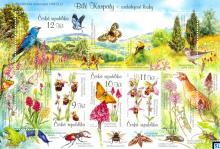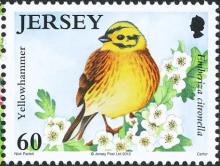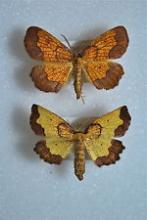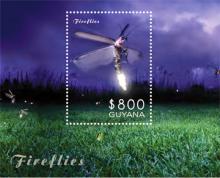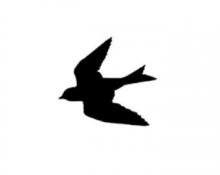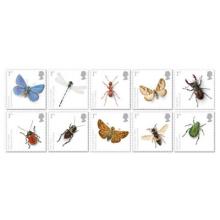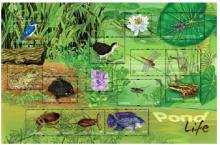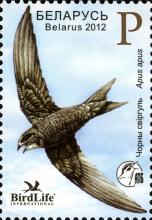Der schleichende Tod der Insekten
- Lees meer over Der schleichende Tod der Insekten
- Login om te reageren
Johannes Steidle ist tief besorgt: „Bei unseren Untersuchungen im Freiland haben wir in diesem Jahr bisher nur beängstigend wenige Insekten gefunden“, berichtet der Biologe, der am Institut für Zoologie der Universität Hohenheim das Fachgebiet Tierökologie leitet. Heuschrecken beispielsweise haben die Hohenheimer Ökologen bisher kaum entdeckt. Aber auch andere Insekten machen sich ungewöhnlich rar: „Wenn ich durch den Hohenheimer Park gehe, komme ich mir vor wie auf einer nächtlich leeren Autobahn: Wo sind die Insekten?“, fragt sich Steidle.

